Author:Baby & Adult Diaper Materials FROM:Diaper Materials Manufacturer TIME:2023-10-07
Introduction:
Diapers are an essential part of everyday life for many families, providing comfort and convenience for babies and toddlers. The manufacturing process of diapers involves various ingredients and techniques that ensure their effectiveness. In this article, we will unveil the key ingredients used in diaper manufacturing, highlighting their importance and function.
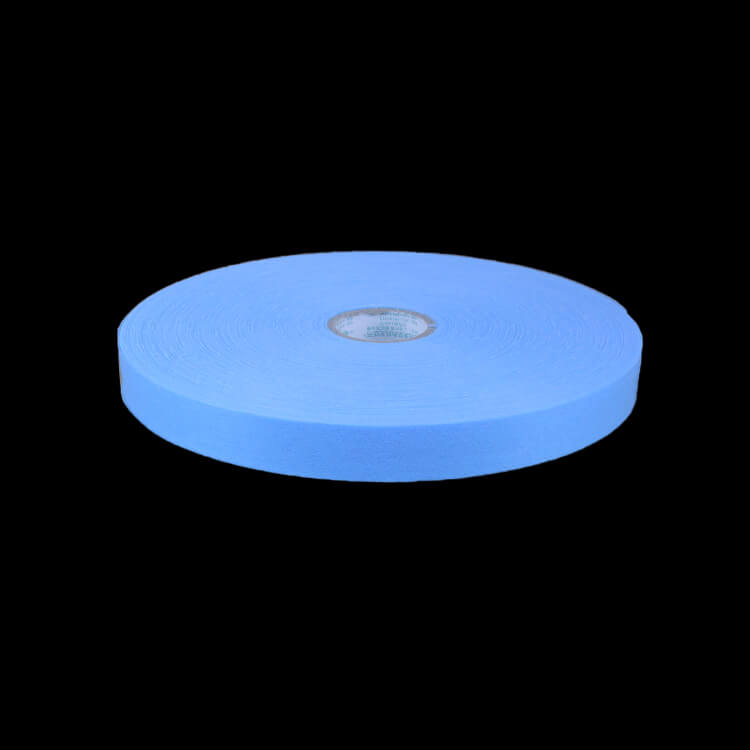
The absorbent core is the heart of a diaper, responsible for locking away moisture and keeping the baby dry. Superabsorbent polymers (SAP) are the primary ingredient used in the absorbent core. These SAPs are made from cross-linked polymers that have the ability to absorb and retain large amounts of liquid. By turning liquid into gel-like substances, SAPs prevent leakage and keep the surface of the diaper dry.
In addition to SAPs, fluff pulp is another crucial component of the absorbent core. Derived from wood pulp, fluff pulp has high absorbency and excellent wicking properties. It helps distribute the liquid evenly throughout the core and provides a soft and cushioned feeling for the baby. The combination of SAPs and fluff pulp ensures efficient moisture absorption and storage in diapers.
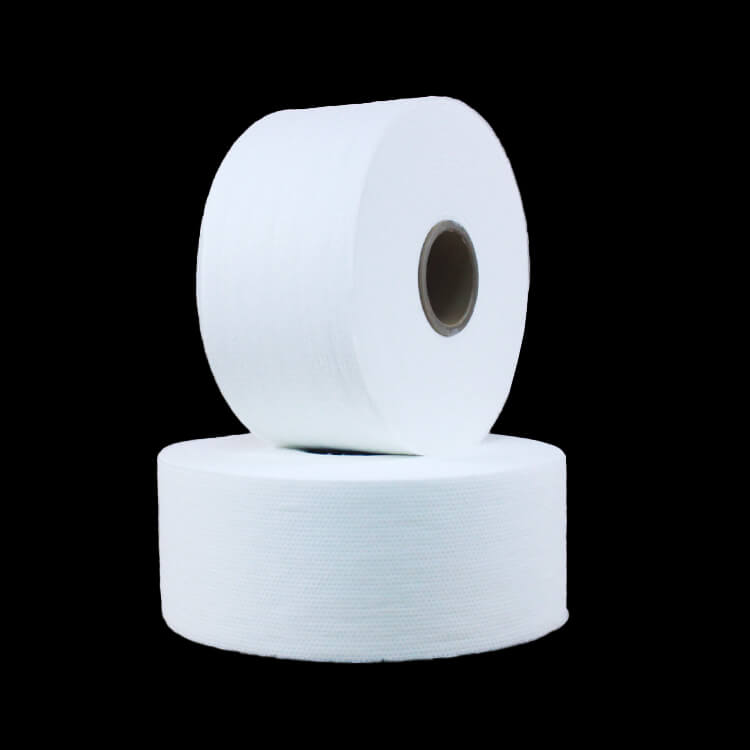
The outer layers of a diaper serve as a barrier to prevent leakage and protect the baby's skin. Nonwoven fabrics, such as polypropylene and polyethylene, are commonly used as the outer layer materials. These fabrics are breathable, lightweight, and resistant to liquids. They allow for airflow while keeping the moisture inside the diaper. The use of nonwoven fabrics ensures that the baby's skin remains dry and comfortable, reducing the risk of rashes and irritation.
To enhance the performance of the outer layers, manufacturers often apply a hydrophobic treatment to repel liquid and prevent leakage. This treatment ensures that the diaper remains leak-proof, even under high liquid pressure. Additionally, some diapers may have added features like wetness indicators, which change color when the diaper is wet, providing an easy way for parents to know when to change it.
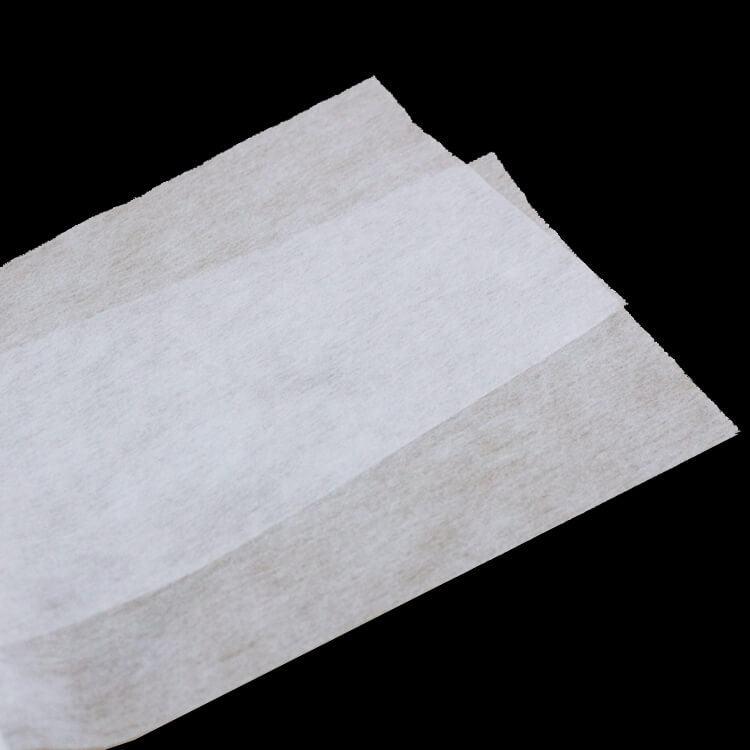
The fastening system plays a crucial role in securing the diaper and providing a snug fit for the baby. Hook-and-loop closure systems, commonly known as Velcro, are widely used in diaper manufacturing. These closures allow for multiple adjustments to ensure a comfortable fit, regardless of the baby's size. They are also easy to open and reseal, making diaper changes quick and hassle-free.
Elasticated waistbands and leg cuffs are also essential components of the fastening system. The elastic bands ensure a snug and secure fit around the baby's waist and legs, preventing any leakage or discomfort. They provide flexibility and freedom of movement while keeping the diaper in place.
In conclusion, the manufacturing process of diapers involves several key ingredients that contribute to their functionality and effectiveness. From absorbent core materials to outer layers and fastening systems, each component serves a specific purpose in keeping babies dry and comfortable. By understanding these ingredients, manufacturers can continue to innovate and improve diaper designs, ensuring the highest quality for little ones around the world.
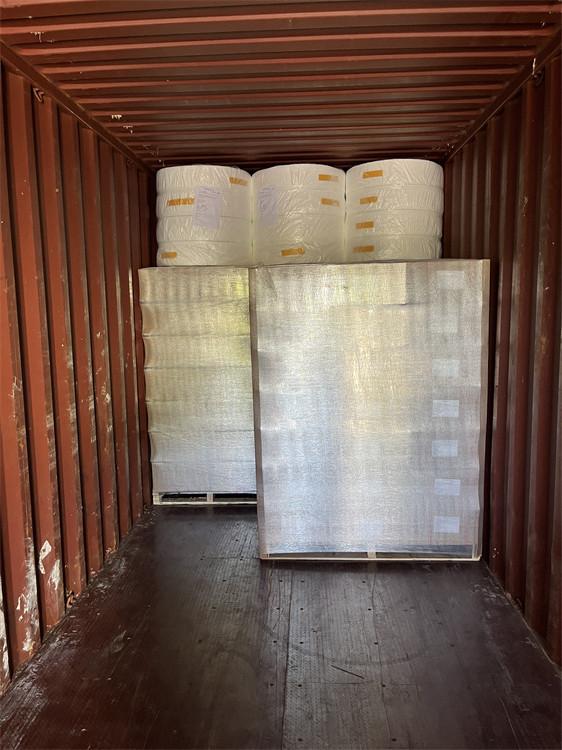
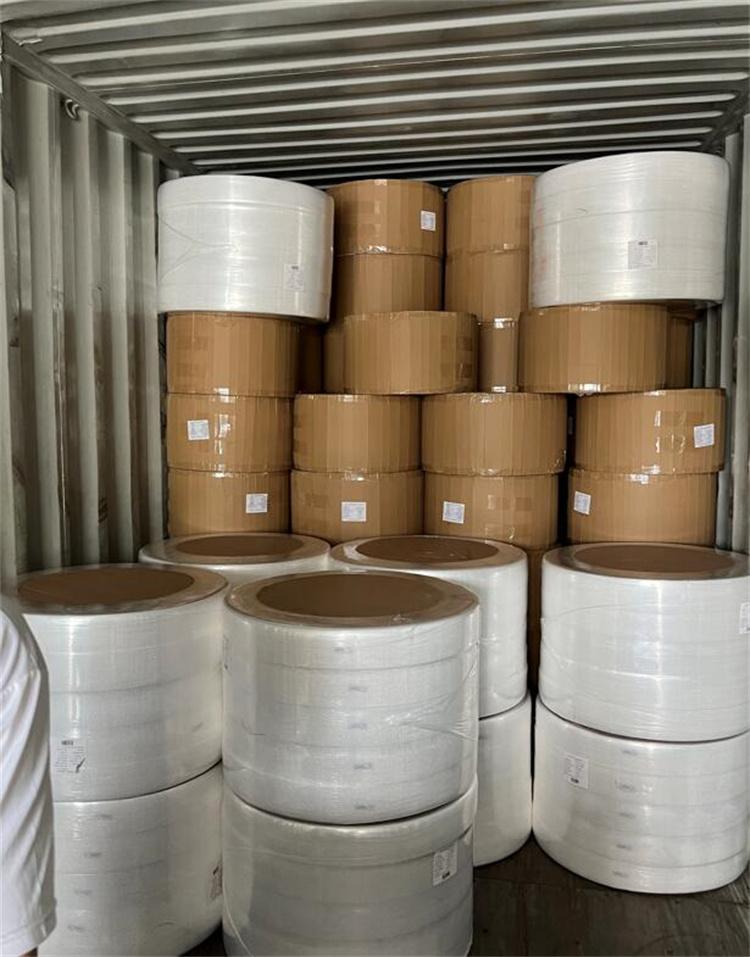
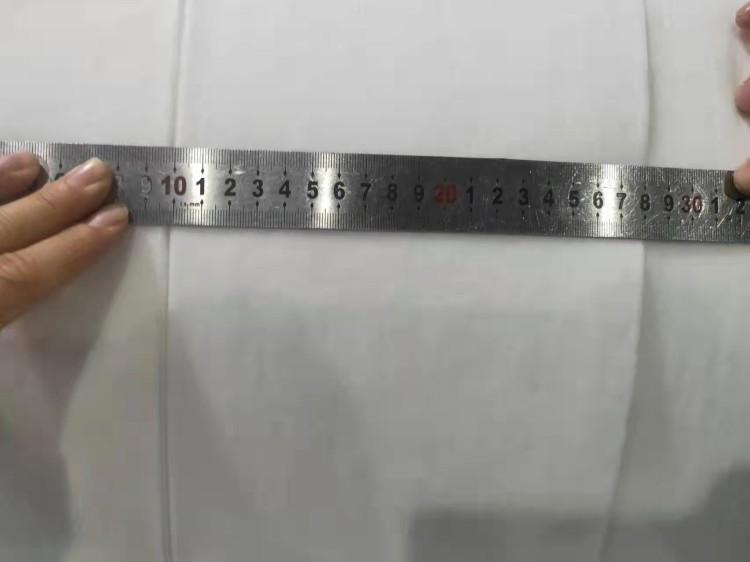
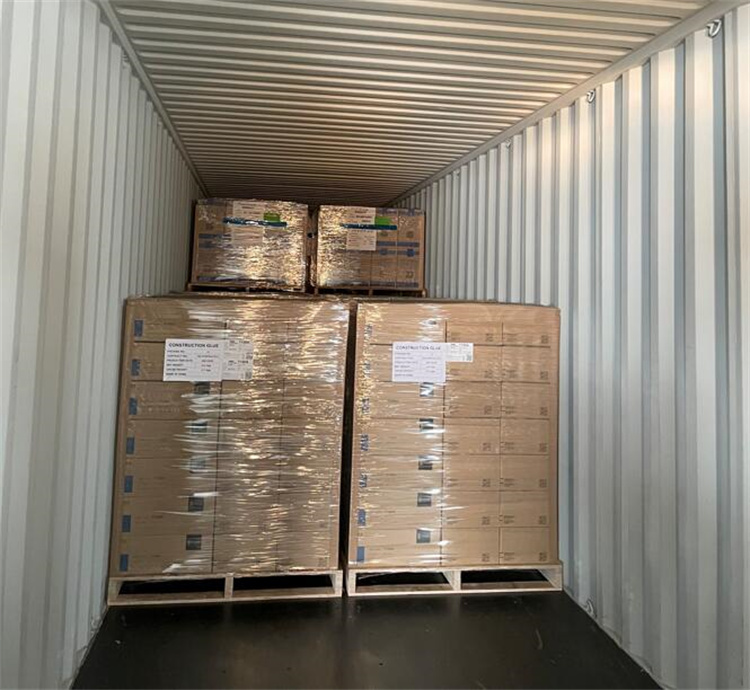

 Email: info@whldiapernonwoven.com
Email: info@whldiapernonwoven.com
 MP/WhatsApp: +86-13599937366
MP/WhatsApp: +86-13599937366
 Manufacturer Address:Room 1105B, Bld M1, Manhattan, Yulongwan, Shimao, Shuanglong Road, Meiling Street, Jinjiang, Fujian, China
Manufacturer Address:Room 1105B, Bld M1, Manhattan, Yulongwan, Shimao, Shuanglong Road, Meiling Street, Jinjiang, Fujian, China